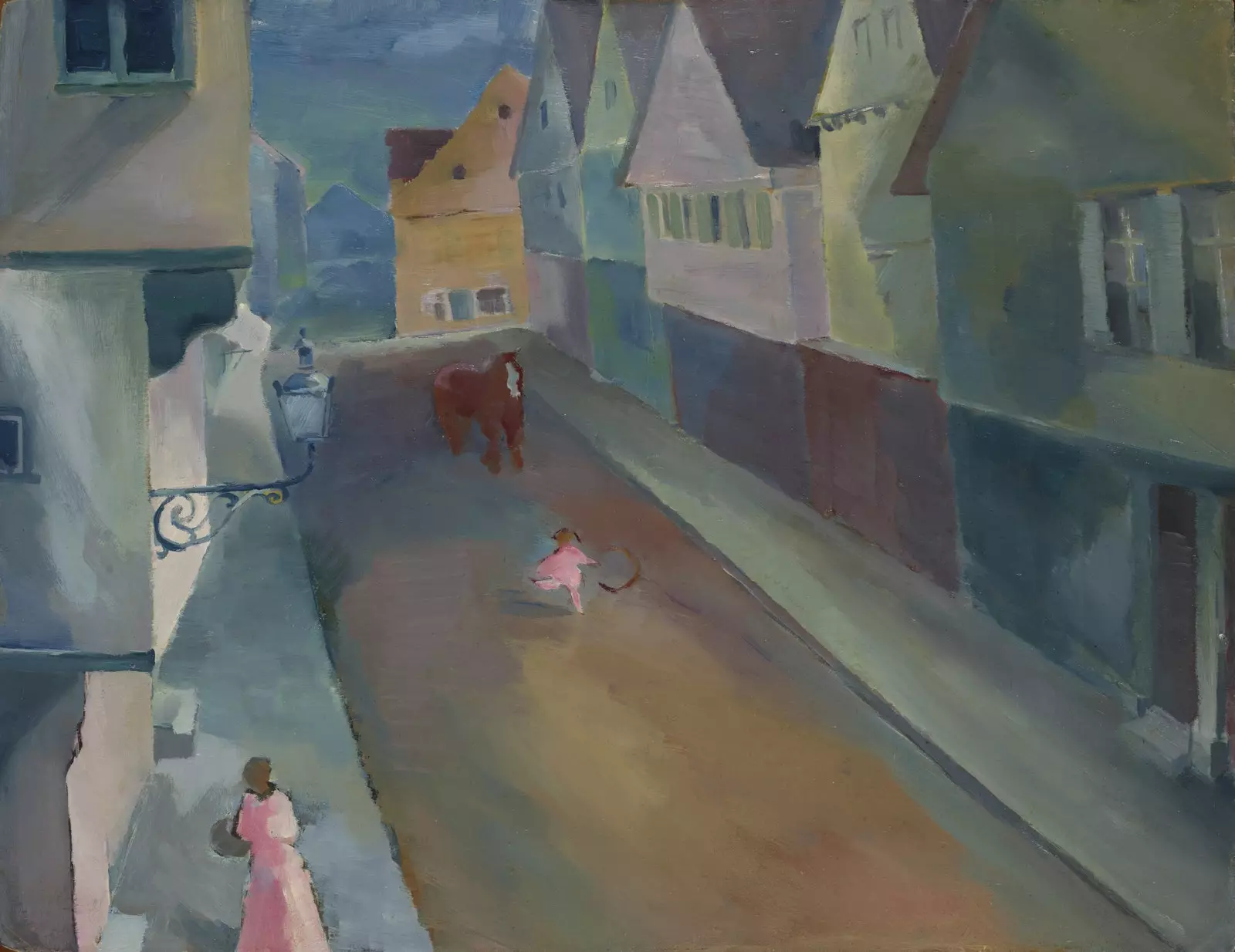
Wassily Kandinsky, A Street in Murnau, circa 1908
There are three great cultures that settled in the La Mancha city of Toledo to define it, feed it and give it the nickname that has accompanied it for so long. Jews, Muslims and Christians lived together in tolerance in the city for more than seven centuries, from 711 to 1492.
Its old town, declared a World Heritage Site by UNESCO, preserves such an important legacy for history and culture that we should almost be thankful for each step we take through its narrow alleys.
Known and recognized this heritage, everyone who travels to the capital of Castile-La Mancha knows that he is going to enter a place to fall in love with the obvious beauty of those buildings that, secularly, as if they were superimposed layers, have been giving it that identity so rich in nuances and stories.
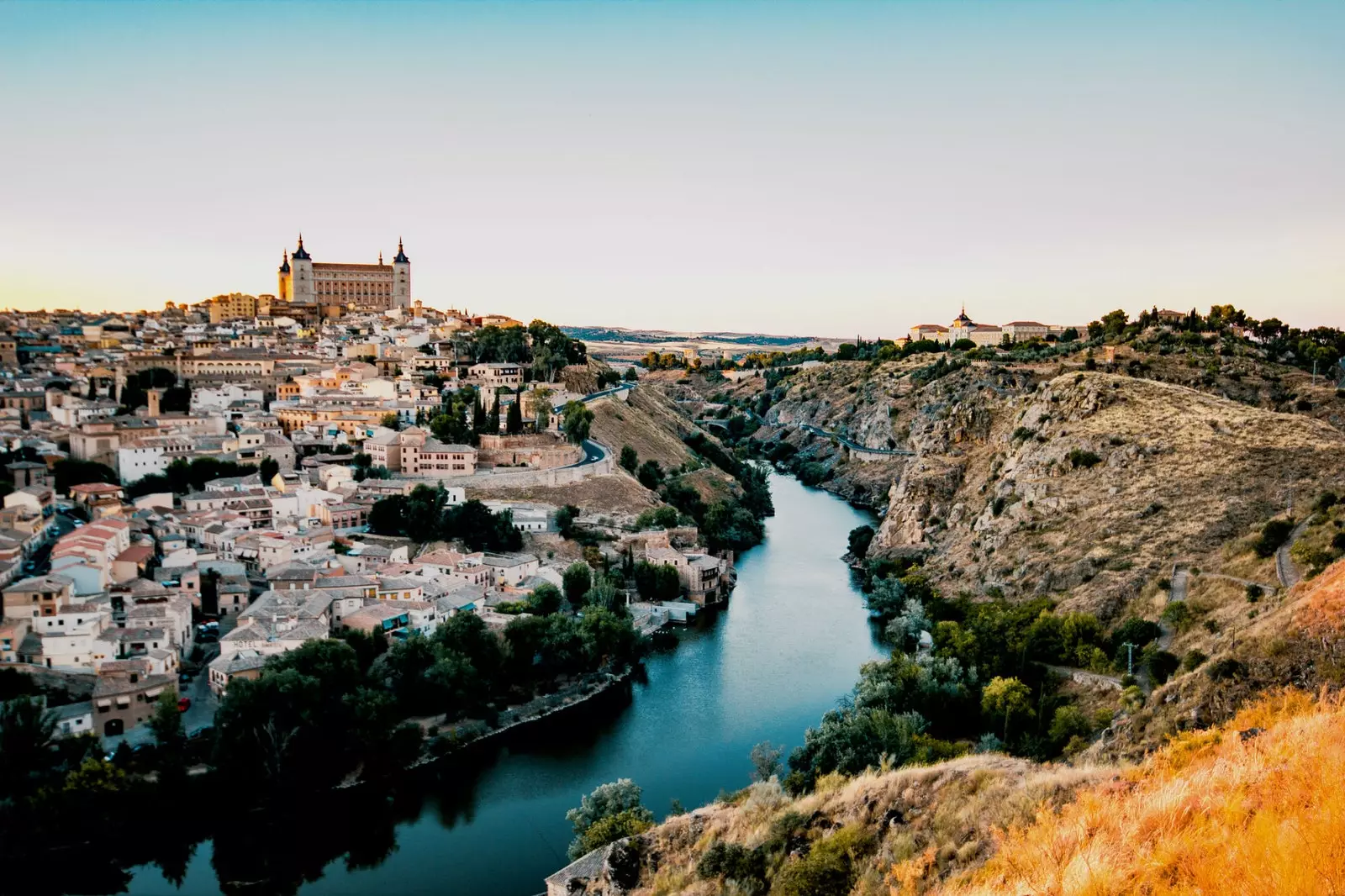
In the city of Toledo Jews, Muslims and Christians lived together in tolerance for more than seven centuries.
Everyone arrives knowing that there will be partridge and marzipan; many armors, broadswords and tiresome slopes; stories about El Greco and a stop to contemplate The Burial of the Lord of Orgaz; huge endless groups of tourists scattered around Plaza Zocodover and the luck of being there, in just half an hour from Madrid, thanks to the Avant, which the visitor gets off at a neo-Mudejar style station that serves as a colorful appetizer of what you will find when you arrive in the city.
Lovers of the three great monotheistic religions who want to add a somewhat different stop to their visit and those who are looking for a new cultural incentive to return already have an excuse to do so, because in March it arrived, to stay – at least for the next 15 years. –, **the first museum headquarters of the Roberto Polo Collection (CORPO) ** of avant-garde art from Eastern and Northern Europe, and the USA.
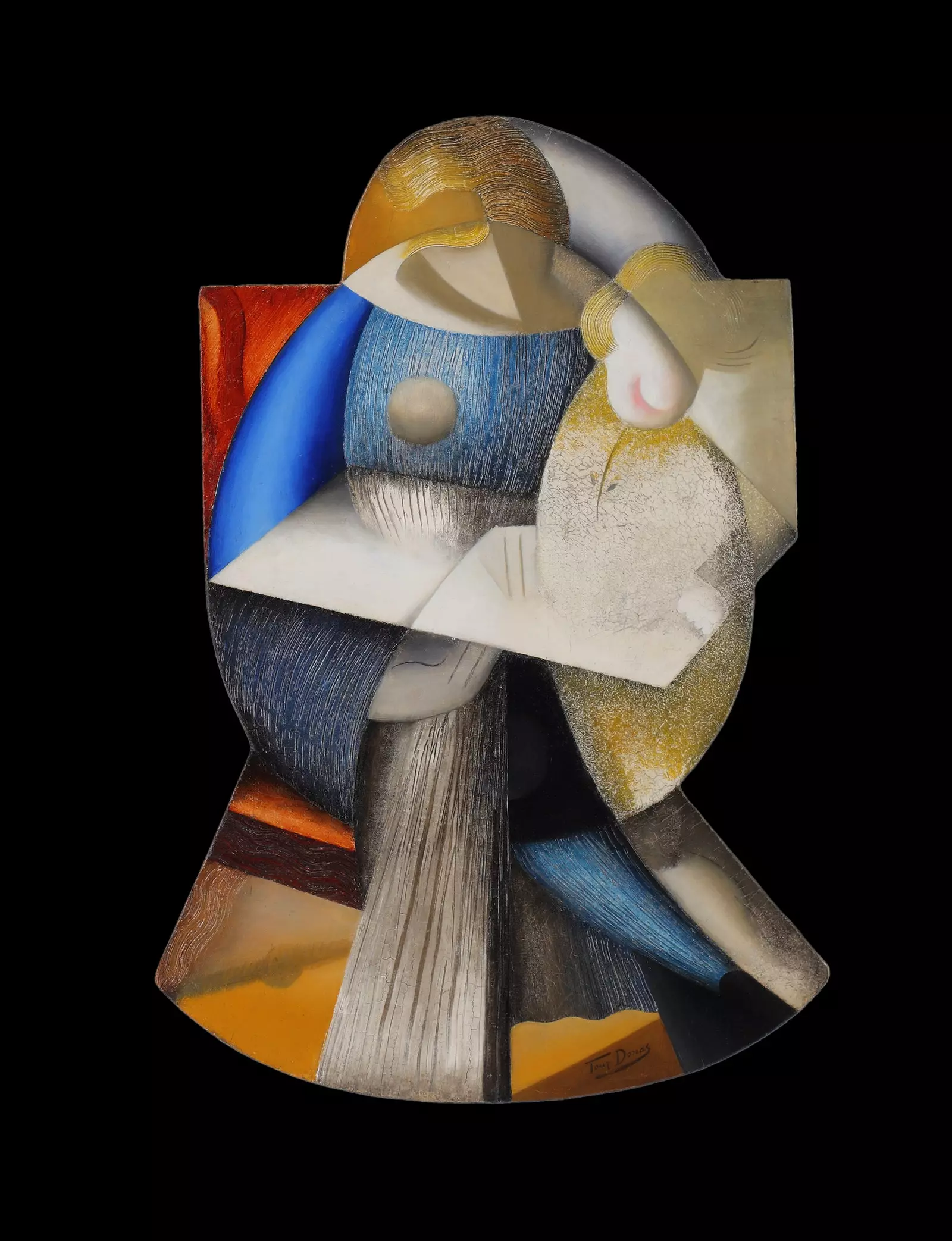
Marthe Donuts, Le livre d'images, circa 1918.
How could it be otherwise, it is one of those unique and bewitching buildings that make up the old part of Toledo – very close to the bustling Plaza de Zocodover – the one that serves as an entrance to this world where the avant-garde blends perfectly with its various architectural styles, that treasure the history that took place in the city between the 9th and 16th centuries: the Convent of Santa Fe.
The Cuban art collector and historian Roberto Polo (Havana, 1951) is one of the most prestigious personalities on the international art scene, although in Spain he was rather unknown to the vast majority, except for some experts in the world of art and clients of this market.
And, in addition, he is the guide who receives me and walks with me through the corridors and rooms of the enormous convent. While he tells me his love story with avant-garde art, With his speech, my perception of what is modern and what is not changes, and he gives me the most pedagogical master class on contemporary art that I have ever received.
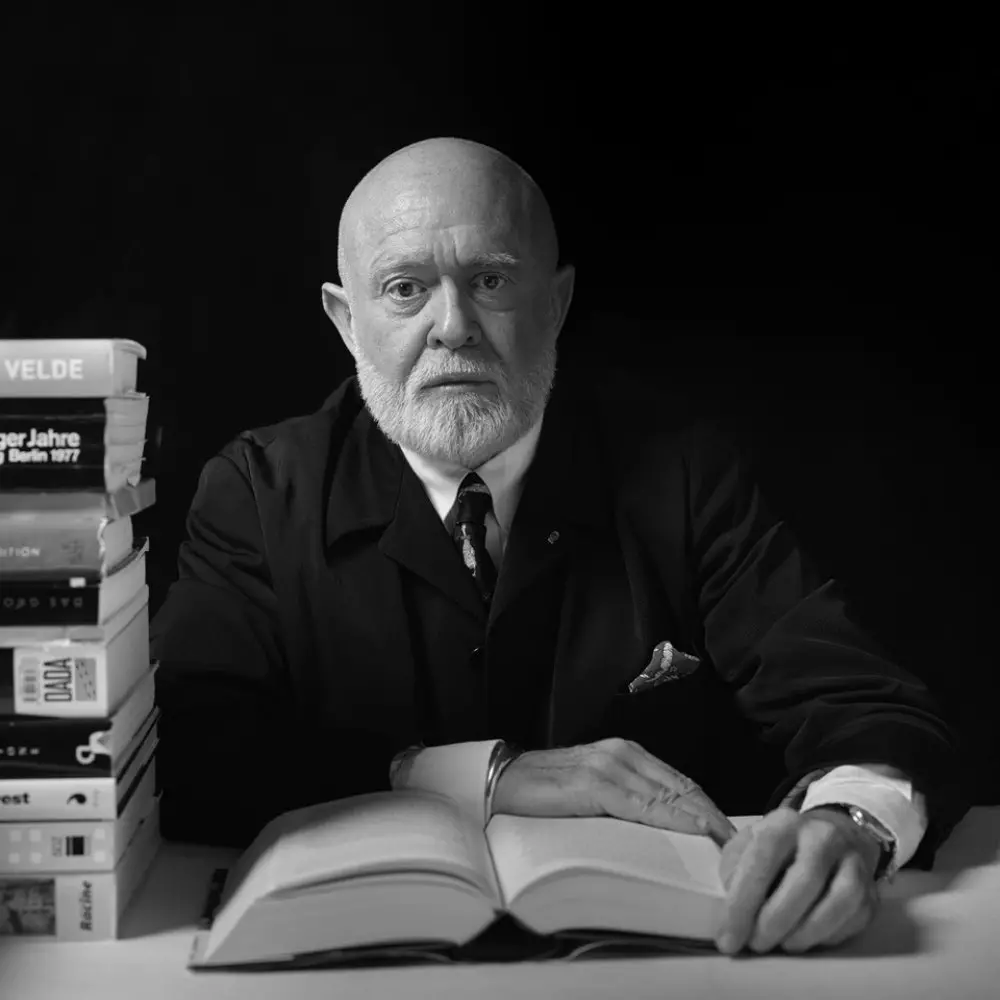
Roberto Polo photographed by Steven Decroos.
Roberto's presence is immense – a portrait of him, at the beginning of the visit, advances him to me – and his words take me from one place to another, looking at paintings, furniture and objects that he loves and admires equally. Better that nobody dares to ask him about which one is his favorite.
Also the place chosen as a container and, in part, contained, raises the attractiveness of the visit to a higher level. The Convent of Santa Fe, cataloged as an Asset of Cultural Interest, is one of those buildings that, as used to happen in the past, was built on Muslim ruins, more specifically, on the old al-Hizam compound, an old caliphal palace.
Convent it was built in the 13th century, by the Order of Calatrava and, after passing through several hands, it ended up being abandoned in 1973, for which, for more than 50 years, it had remained closed to the public, thus suffering a long period of abandonment, until it was restored and rehabilitated.
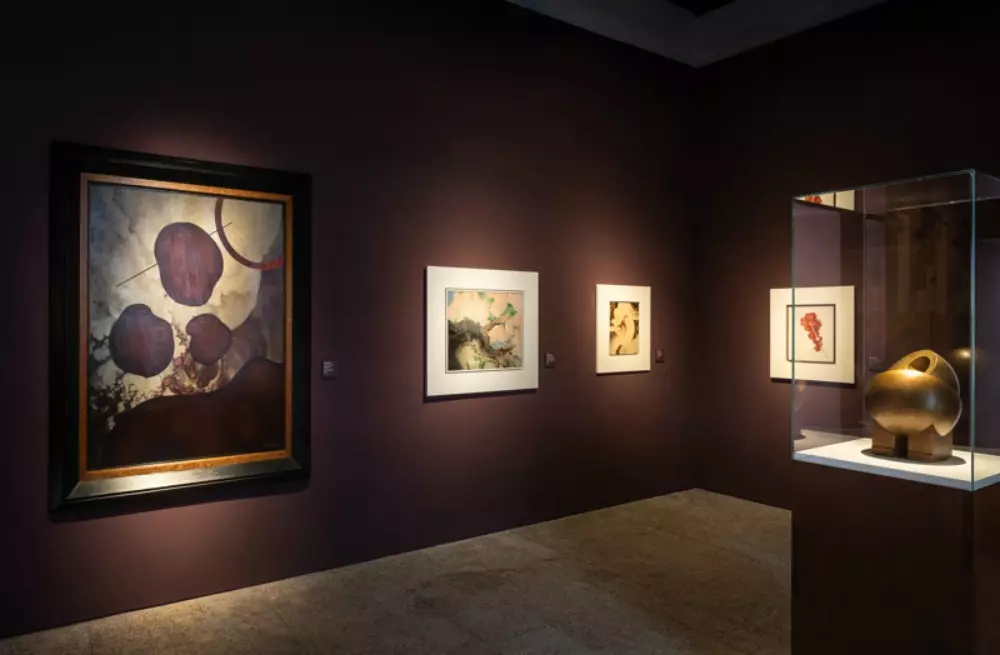
One of the rooms of the Roberto Polo exhibition.
Now, the convent, which in itself is worth a visit, engages in a suggestive and varied visual dialogue with the 250 works that Polo has assigned to its sixteen rooms, including the cheerful and sunny cloister in which there is a type of citrus tree that they assure me only exists in that patio. The aroma given off by the white orange blossom makes us stop for a few seconds to be able to catch it in our pituitary glands.
One of the most striking spaces is the church of Santiago, in which the meaning of spirituality acquires a new nuance and where life and death are the thematic protagonists. It exhibits two of the most celebrated pieces of the collection and, possibly, in which the pairing with the native is more impressive.
Is about a brilliant, spectacular and gigantic rosary by the Dutch artist Maria Roosen, that hangs around a carving of the Virgin of the Holy Cross from the 16th century. In front of them, a brand new, white and dismembered Christ of nine meters in length, the work of the Italian Nino Longobardi.
Rafael Sierra, artistic director of the museum, accompanies us during this journey through the European avant-garde and the history of art and He confesses to me the difficult task of achieving this dialogue between the space and the work: "We had planned the entire collection on the plan and when we got here, all that was blown up and became a task of fitting the pieces together day by day, moment by moment."
The 8,000-square-meter enclave is truly conducive to this intersection of artistic currents and diverse cultures, so the result of that effort and headache is, at times, provocative, something that Roberto Polo is encouraged to highlight, since he does not seek to teach, but to provoke and generate new sensations.
The question of why Toledo and not another city more inclined to embrace contemporary art almost answers itself before Polo confirms that it is precisely for this reason that he opted for the capital of La Mancha. “I had been told that this was a city that was reluctant to modernity and, precisely for that reason, I took it as a great opportunity. Being the person who brings the avant-garde from Northern and Eastern Europe seemed like an honor to me”. He also reminds me that the presence of these avant-garde movements in Spanish museums is practically nil, something that is inconceivable.
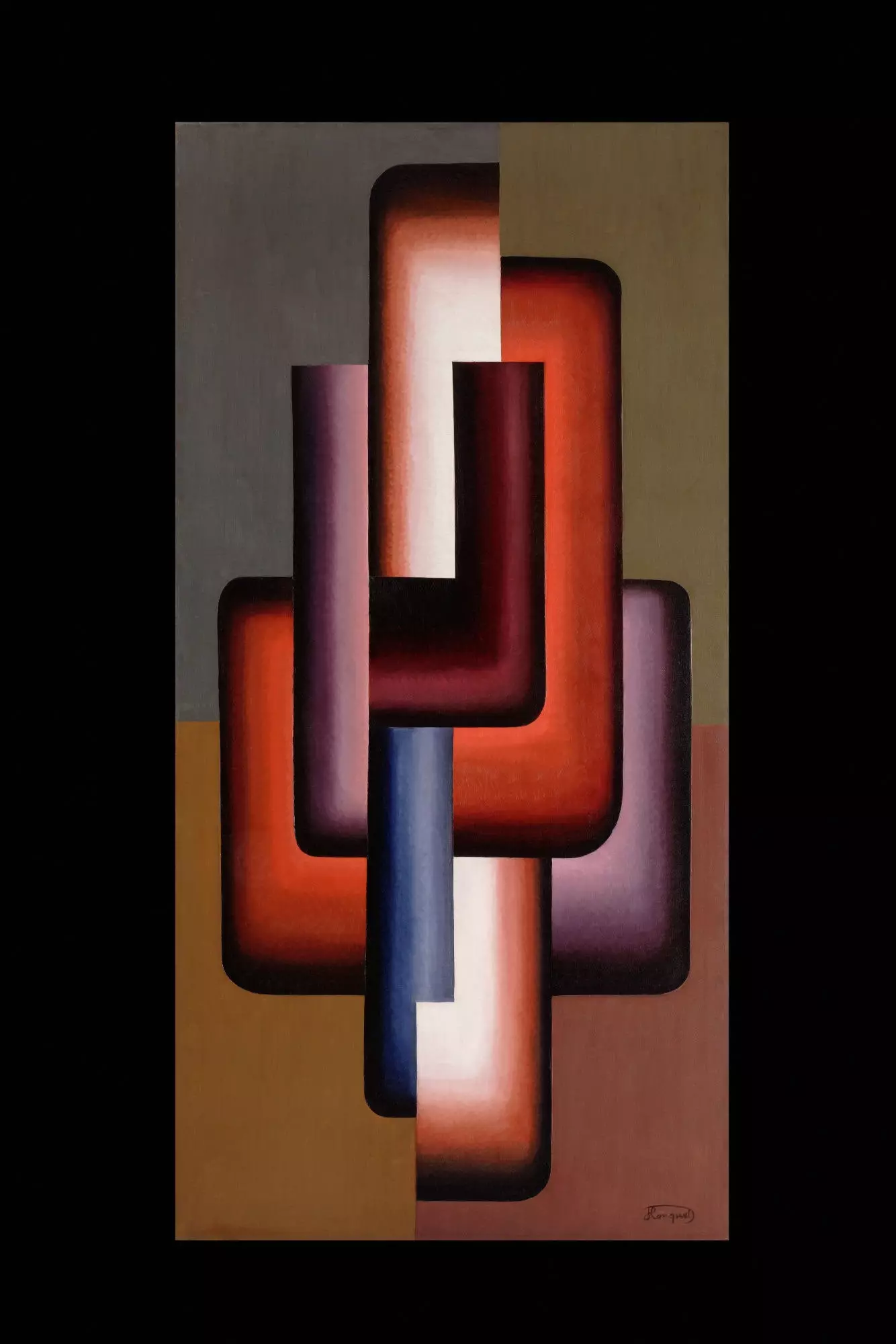
Pierre-Louis Flouquet, Construction, 1925.
Not only 250 of the works that he has in his collection have been transferred to Toledo –A tiny part if we consider that he owns about 7,000 pieces–, but he himself has settled in the city to dedicate himself to the collection that bears his name. An important step for someone who has lived in places like Havana, Lima, Miami, New York, Washington, Paris and Brussels, the city where he lived just before coming to Spanish territory.
CORPO is the abbreviation for the Roberto Polo Collection, a selection that actually has 500 works, half of which are already on display at the Santa Fe Convent. The other half patiently waits to be received in the second of the venues: the Cuenca Castle, which is scheduled to open in 2023. With Cuenca, the exact opposite occurs than with Toledo, since it is a city that inaugurated, more than 50 years ago, the Museum of Abstract Art and, with it, changed the city.
Roberto Polo is known in the art world as The Eye, a name given to him due to his ability to discover artists and works. More recently, the national press has stated that he brings “the fourth culture of Toledo” with him, something that provides added value for the cultural traveller. And that confirms the great work of art that the city itself is, if Roberto Polo has put his expert eye on it.
